News Blog
Keep up to date with the latest news, insights and features from Pharma Hygiene Products
A Guide to Chemical Mixing
December 6, 2023
Why Proper Mixing Is Critical For Product Quality And Consistency
Proper mixing stands as a cornerstone in the production of consistent, high-quality chemical products.
In the chemical industry, proper mixing is critical for product quality and consistency due to its direct impact on the chemical composition and characteristics of the final product. Let’s consider paint manufacturing.
In the production of paints, achieving a consistent and homogenous mixture of pigments, solvents, binders, and additives is crucial for product quality.
Uniform Color and Texture: Improper mixing can lead to uneven distribution of pigments, resulting in variations in colour and texture within the same batch of paint. This inconsistency will be visible when applied, compromising the paint’s quality and aesthetics.
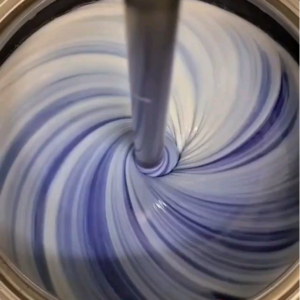
Chemical Reactivity: Some paint components might be reactive, affecting the paint’s chemical properties. Inadequate mixing may cause localised areas with higher concentrations of certain chemicals, leading to altered drying times, poor adhesion, or reduced durability.
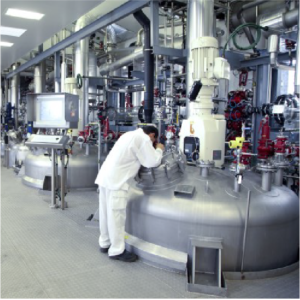
Stability and Shelf Life: Homogenised mixing ensures stability and prolongs the shelf life of paint. Inadequate mixing might cause separation of components, sedimentation, or crystallisation over time, rendering the product unusable or causing inconsistencies upon application.
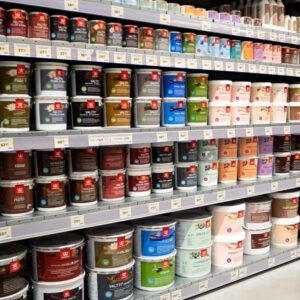
Productivity and Costs: Achieving the right mix in the first instance reduces the need for rework or product rejection, thereby optimising productivity and minimising costs.

Proper mixing in chemical manufacturing ensures a consistent blend of ingredients, providing a uniform product that meets quality standards, delivers expected performance, and maintains stability over time. improper mixing can directly impact the quality and consistency of chemical products in the industry.
Safety Protocols in Manufacturing Chemicals
Personal Protective Equipment (PPE): Workers handling chemicals should wear appropriate PPE such as gloves, goggles, lab coats, and respiratory masks to shield themselves from potential exposure to hazardous chemicals.
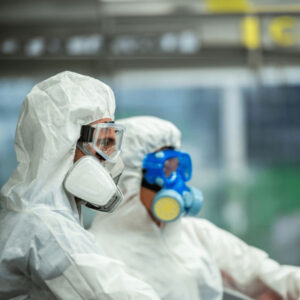
Ventilation Systems: Facilities must have adequate ventilation systems to control and extract fumes or vapours generated during the mixing process. This prevents the accumulation of harmful gases and ensures a safe working environment.

Chemical Handling and Storage: Strict guidelines should be in place for the safe handling and storage of chemicals. Chemicals should be stored in designated areas, clearly labelled with hazard information, and segregated according to compatibility.
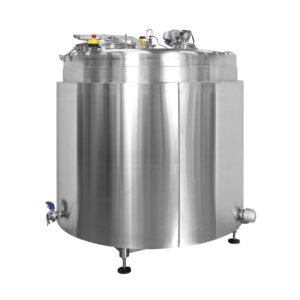
Spill Containment and Response: Protocols must outline spill containment measures and appropriate responses in case of accidental spills. This includes having spill kits readily available, containing the spill, and following established procedures for cleanup and disposal.
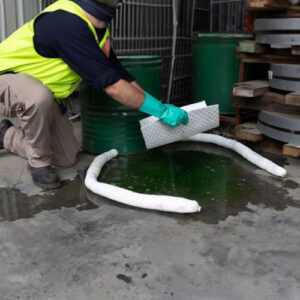
Training and Education: Employees involved in the manufacturing process should receive comprehensive training on chemical handling, emergency procedures, and the correct usage of safety equipment.

Regular Maintenance and Inspections: Regular inspections of equipment and machinery should be conducted to ensure they are functioning properly and to identify potential safety hazards.
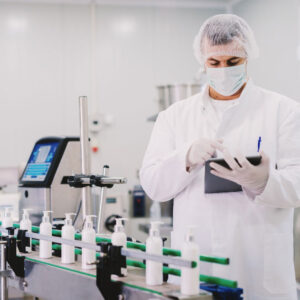
Emergency Preparedness: Facilities should have well-defined emergency response plans, including evacuation procedures, first aid stations, and clear communication systems for handling emergencies.

Safety protocols in the production of cleaning detergents, or any chemical manufacturing, are designed to minimize risks to workers, the environment, and the public. These measures ensure a safer work environment while handling potentially hazardous substances.
Types Of Mixing Equipment And Their Applications In The Chemical Industry
Stirrers including magnetic stirrers, are commonly used for mixing liquids. They consist of a rotating magnet within a container and are ideal for blending homogeneous liquids or dissolving solids into liquids. They are widely employed in laboratories and small-scale chemical mixing processes.
- Chemical Products: Stirrers are suitable for mixing solutions, emulsions, and suspensions. In the chemical industry, they are used in applications such as mixing solvents, dyes, and additives.
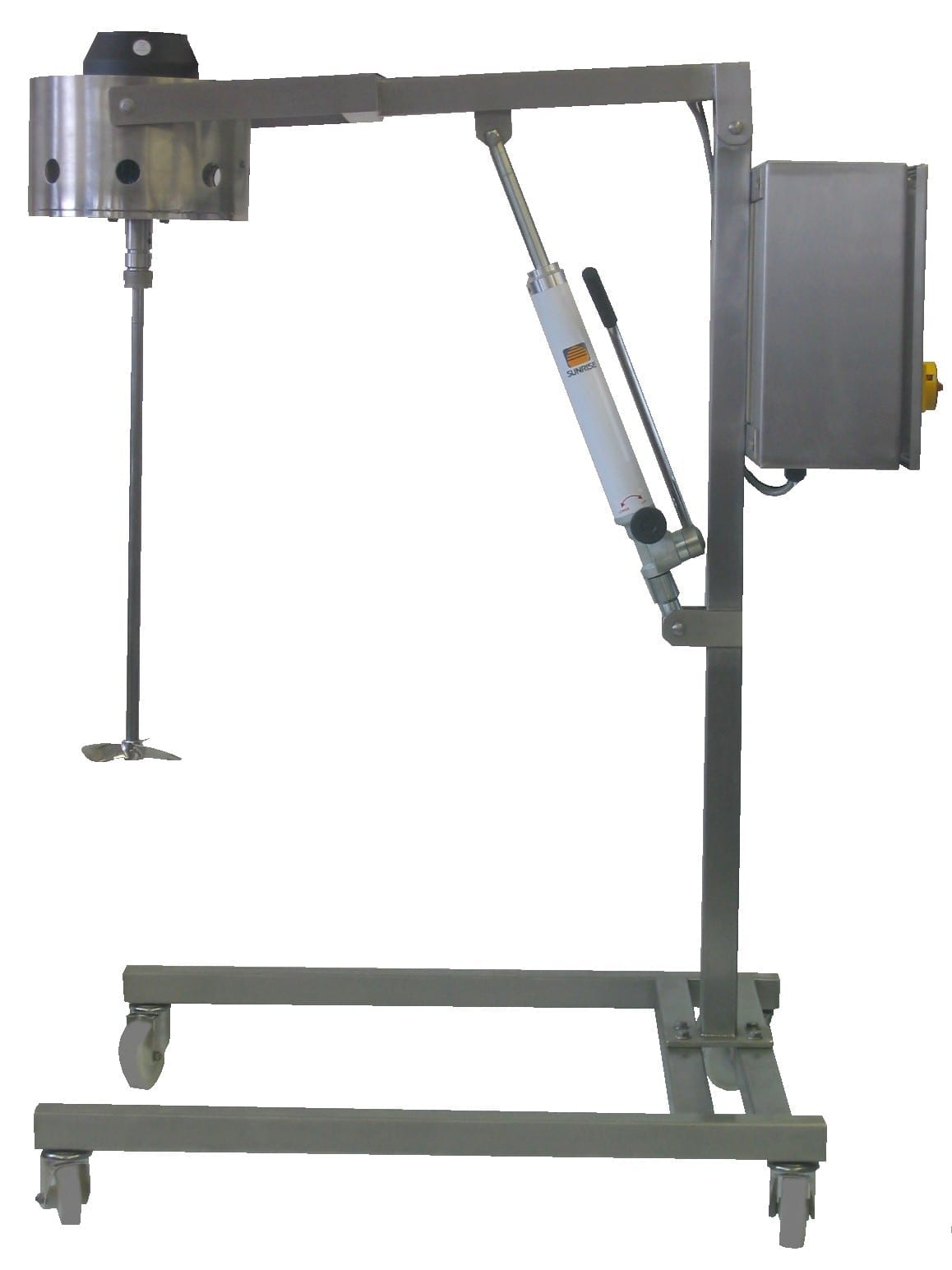
Agitators are versatile mixing devices with various designs, such as paddle, turbine, or propeller agitators. They impart motion to the liquid, enhancing mixing and promoting uniformity. Agitators are efficient for large-scale mixing and can handle higher viscosities compared to stirrers.
- Chemical Products: Agitators are utilized in mixing viscous fluids, dissolving solids in liquids, and promoting chemical reactions. They are employed in applications like mixing polymers, resins, and adhesives in chemical processing.
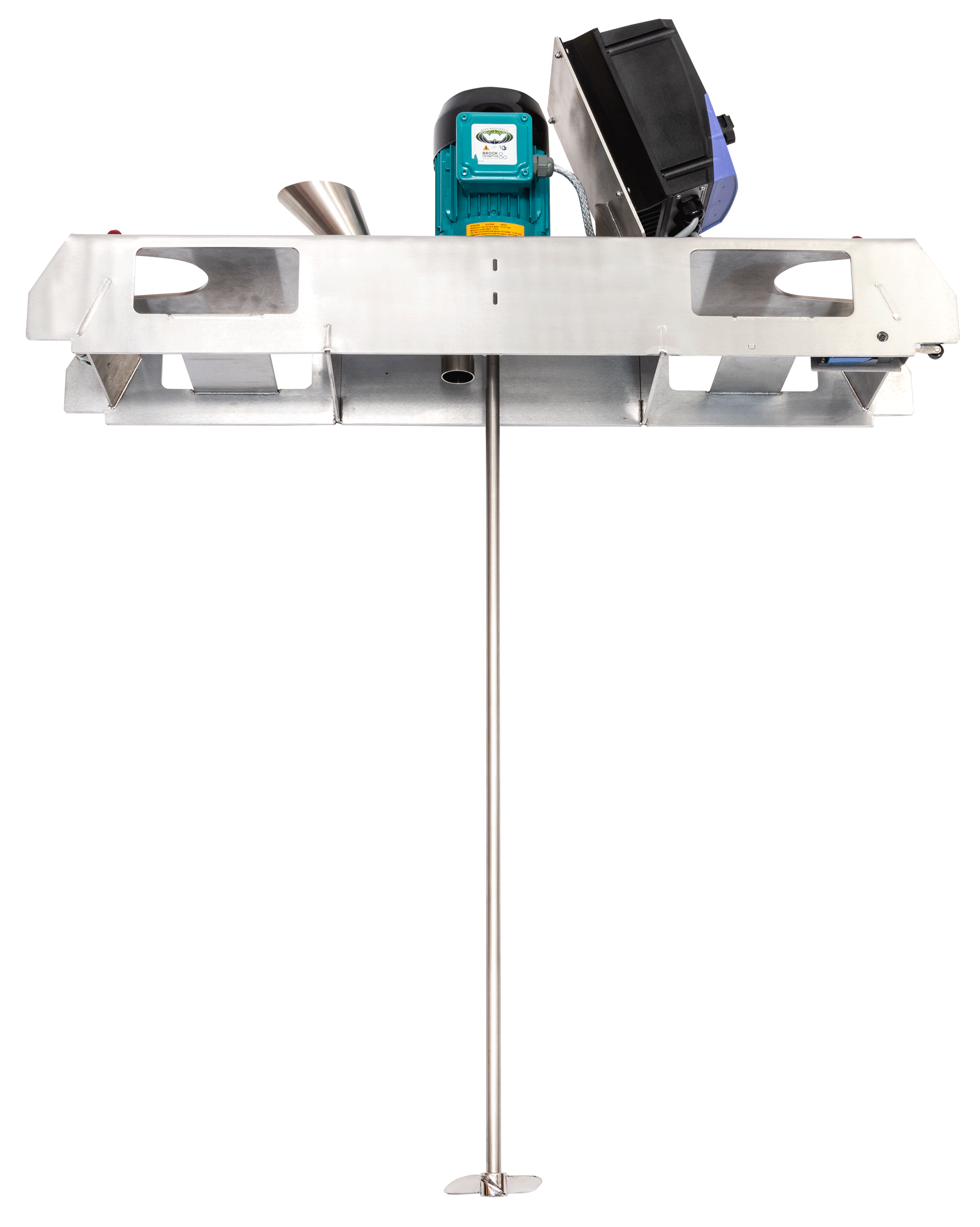
Blenders such as ribbon blenders or paddle blenders, are used for bulk mixing of dry or free-flowing materials. They consist of rotating blades that create a tumbling motion to blend materials thoroughly.
- Chemical Products: Blenders are effective for mixing powders, granules, and solid-state materials. In the chemical industry, they are used for blending ingredients in fertilizers, catalysts, or powdered chemicals.
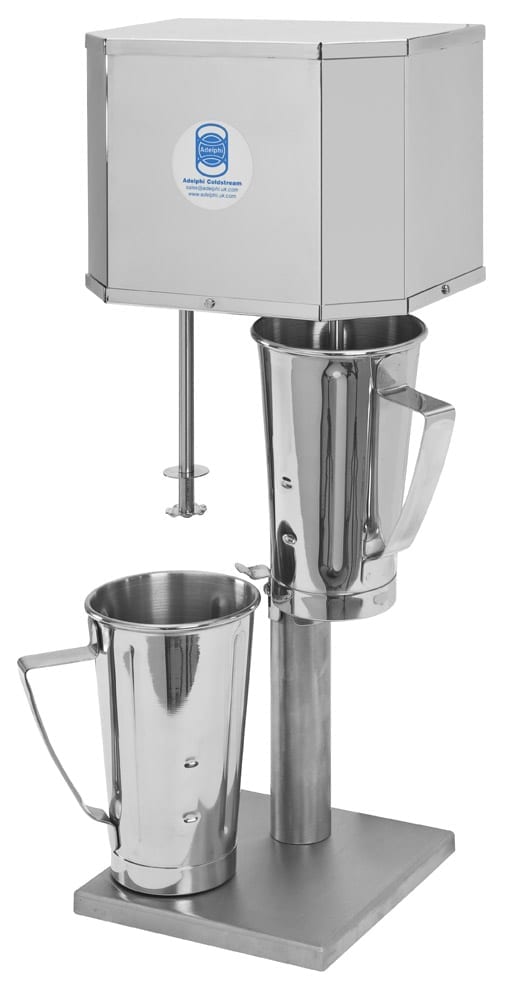
High-Shear Mixers create intense mechanical forces that cause substances to disperse, emulsify, or mix at a rapid rate. They are designed to handle materials with different viscosities and produce fine particle sizes.
- Chemical Products: High-shear mixers are valuable for emulsifying, dispersing solids into liquids, or creating fine suspensions. They are commonly employed in applications involving pharmaceuticals, paints, cosmetics, and food additives.
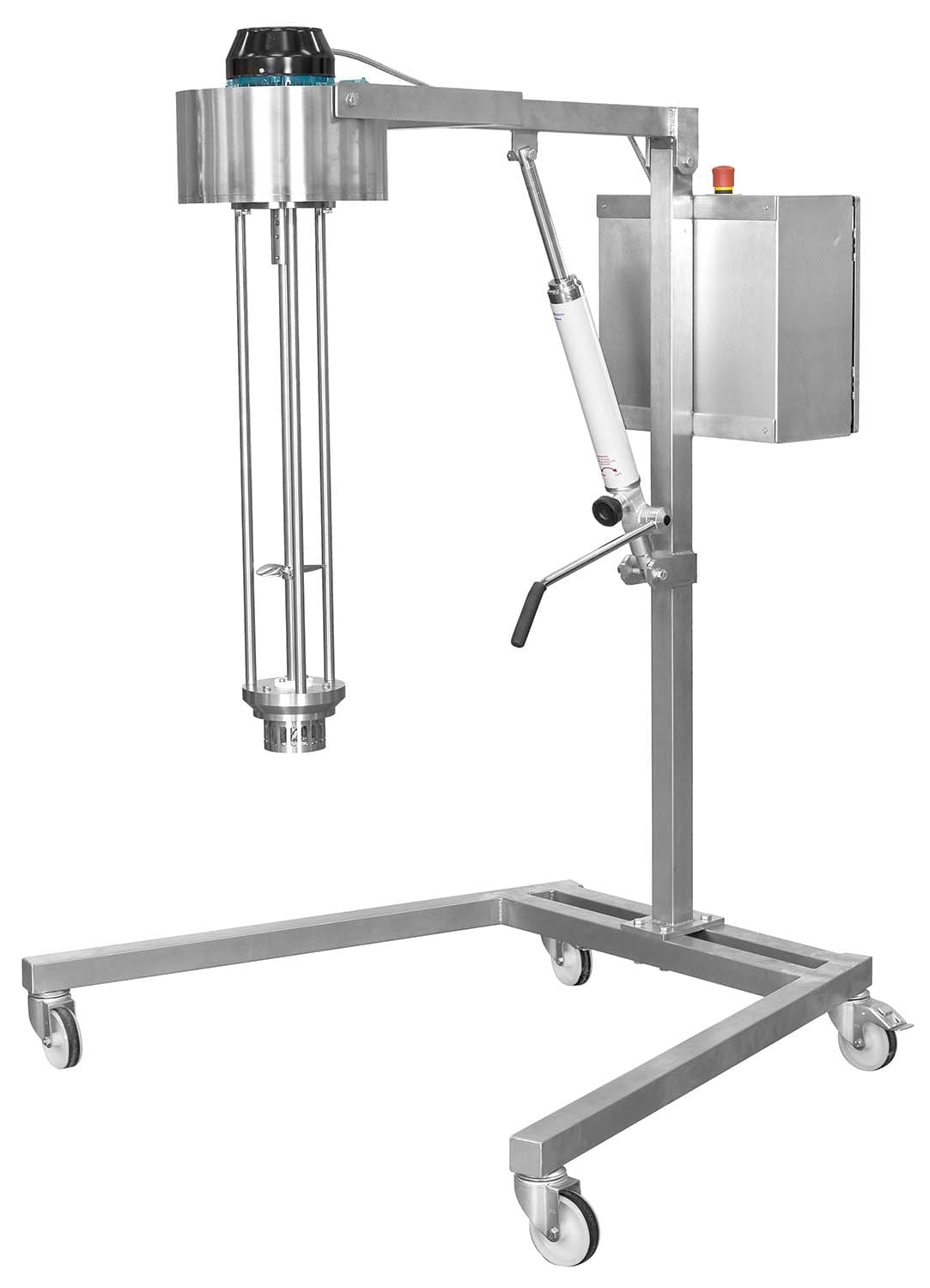
Mixing Techniques: Batch Mixing, Continuous Mixing, And Agitation
Batch Mixing: This method involves combining a fixed quantity of raw materials in a mixer, processing them together, and discharging the final product once the mixing is complete. It’s a periodic process, where each batch is mixed individually.
- Application in chemical manufacturing: Batch mixing is used when producing small to moderate quantities of specialized chemicals or products requiring specific compositions. For instance, in the production of custom dyes, pharmaceutical intermediates, or speciality chemicals, where precise formulation and quality control are crucial, batch mixing ensures accuracy in each individual batch.
Continuous Mixing: Unlike batch mixing, continuous mixing involves a constant and uninterrupted flow of materials into the mixer. Raw materials are continuously fed into the mixing equipment, and the final product is continuously discharged. This method allows for a constant output of the mixed product.
- Application in chemical manufacturing: Continuous mixing finds application in large-scale production processes where a steady stream of homogenously mixed materials is required. For instance, in polymer production or the manufacture of certain chemicals where a consistent and uniform blend is necessary at high production rates, continuous mixing ensures a continuous flow of the final product without interruptions.
Agitation Methods: Agitation involves the use of agitators or stirrers to create movement within a substance to promote mixing or blending. This method includes various agitation techniques such as stirring, shaking, or tumbling, where mechanical forces induce mixing.
- Application in chemical manufacturing: Agitation methods are widely applied in the chemical industry to ensure uniform mixing of ingredients in solutions or suspensions. For instance, in the preparation of coatings, where pigments or additives need to be uniformly dispersed within a liquid medium, agitation methods like stirring or shaking are employed to achieve a consistent mixture.
Each of these techniques offers distinct advantages and is suitable for different chemical manufacturing processes. The choice of technique depends on factors such as the nature of the product, the required production rate, and the level of precision needed in the final product.
Parameters Affecting Chemical Mixing: Temperature, Pressure, Mixing Speed, And Chemical Compatibility
Temperature: Temperature plays a crucial role in chemical reactions and solubility. Elevated temperatures can accelerate reactions and enhance solubility, aiding in faster mixing. However, excessively high temperatures can degrade certain chemicals or alter their properties.
- In the production of pharmaceuticals, the synthesis of certain drugs requires precise temperature control. Elevated temperatures might expedite the reaction but could also lead to the degradation of the active pharmaceutical ingredients (APIs), affecting the quality of the final product.
Pressure alters the physical state of chemicals and their reaction rates. Higher pressure can influence solubility and the rate of dissolution, affecting mixing efficiency.
- In the manufacturing of polymers, pressure affects the polymerization process. Higher pressures can drive reactions faster, but excessive pressure might alter the polymer’s properties or affect its molecular weight distribution.
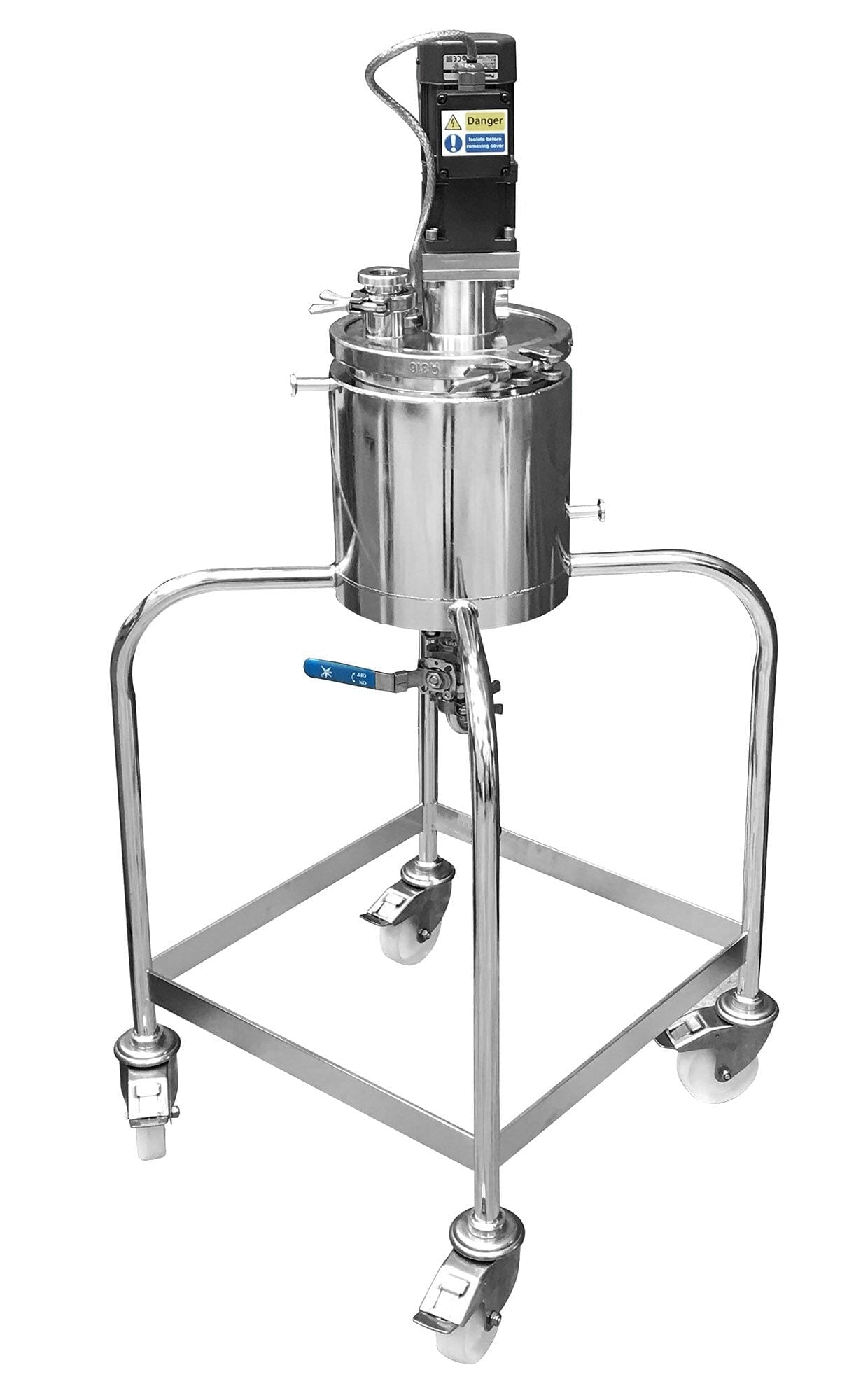
Mixing speed determines the level of agitation and turbulence within the mixture. Higher speeds promote better mixing but may also generate excessive shear forces or cause issues such as air entrainment.
- In the production of emulsions, such as creams or lotions, the mixing speed influences the droplet size and distribution. Higher mixing speeds can create finer droplets, leading to better emulsion stability.
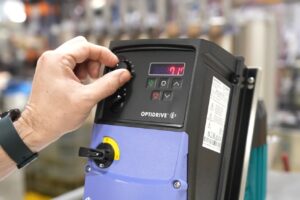
Chemical compatibility consideration is vital as chemicals can react differently when combined, affecting mixing efficiency, product quality, and safety. Some combinations may cause undesired reactions, phase separation, or changes in viscosity.
- When formulating pesticides or fertilizers, combining certain chemicals might lead to precipitation or chemical reactions that reduce the effectiveness of the final product. For instance, mixing certain pesticides with alkaline solutions can lead to the degradation of active compounds.
Understanding and controlling these parameters are critical in chemical manufacturing to ensure efficient mixing processes, maintain product quality, and achieve the desired chemical properties without compromising safety or efficacy.
In summary, mastering proper chemical mixing techniques is indispensable for maintaining product quality, consistency, and safety across industries. This guide underscores the significance of adhering to safety protocols, utilizing suitable equipment, and understanding the key parameters affecting mixing efficiency.
With over 75 years of expertise in the chemical mixing industry, Pharma Hygiene Products stands ready to offer tailored guidance on equipment queries and optimal mixing practices. Our aim is to empower professionals, enhance standards, and elevate the efficacy of chemical manufacturing processes. By embracing best practices and leveraging suitable equipment, professionals can enhance efficiency and achieve superior product quality, ensuring excellence in the chemical manufacturing landscape.
Author: Rachel Birrell-Gray, Marketing Manager – Pharma Hygiene Products
 Chat with us!
Chat with us!